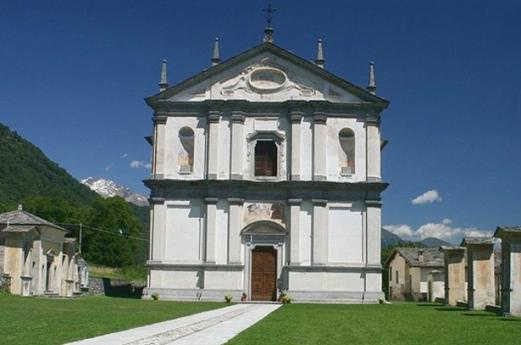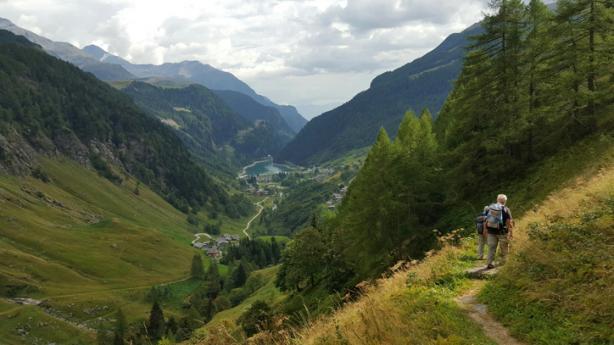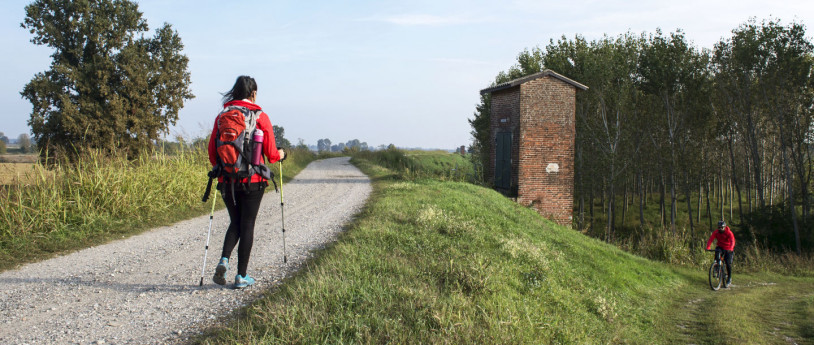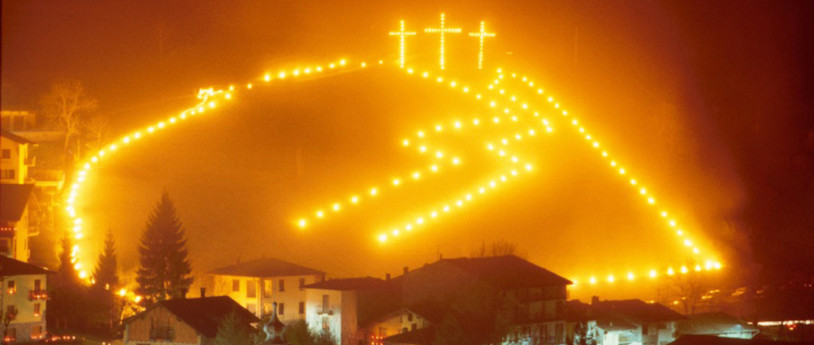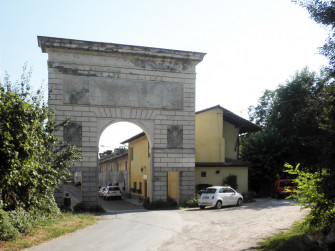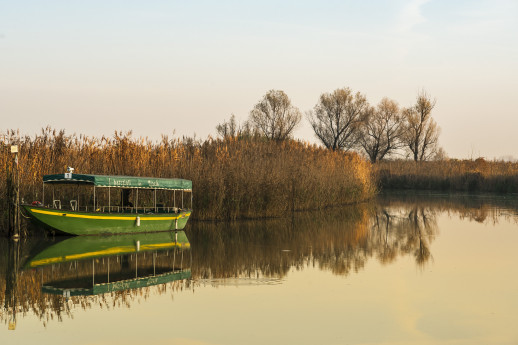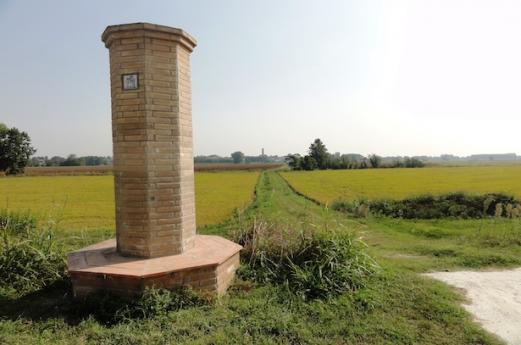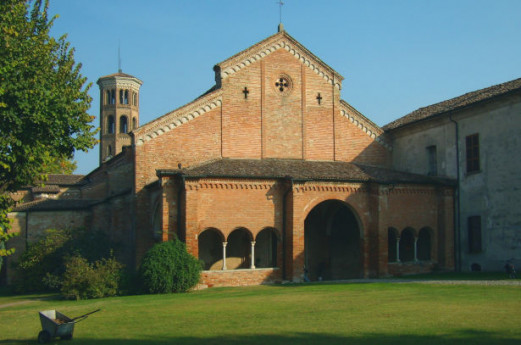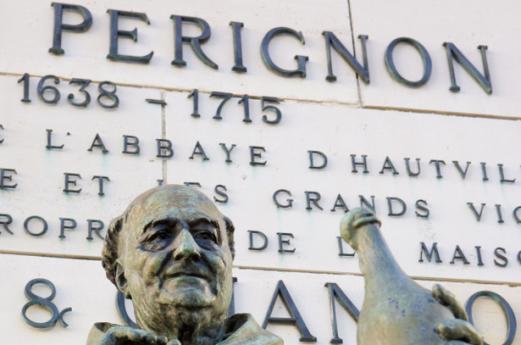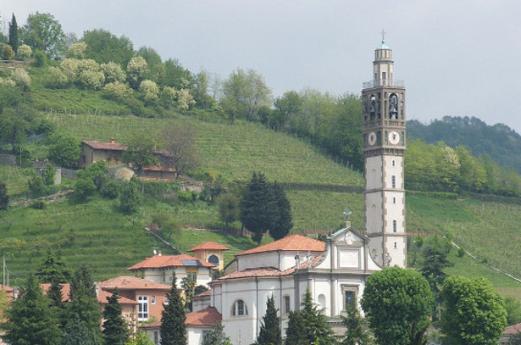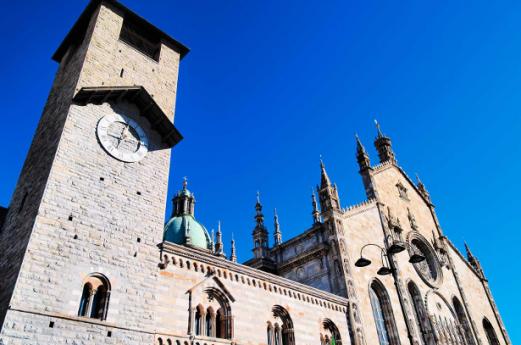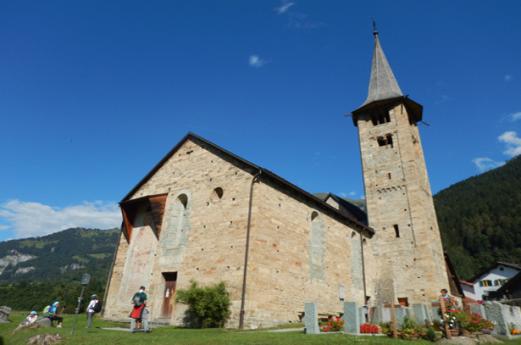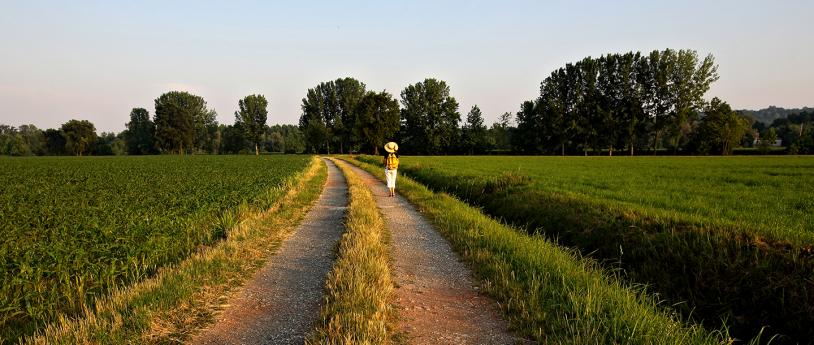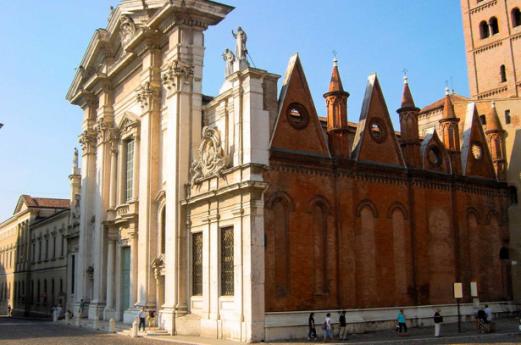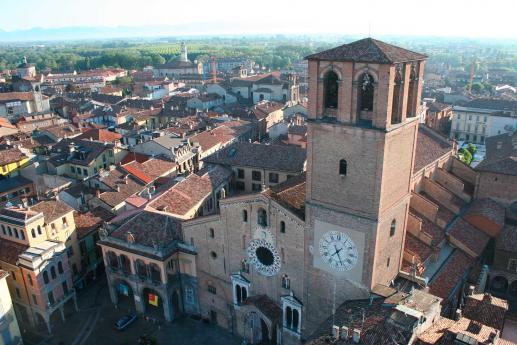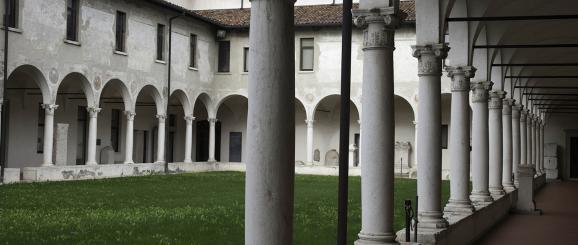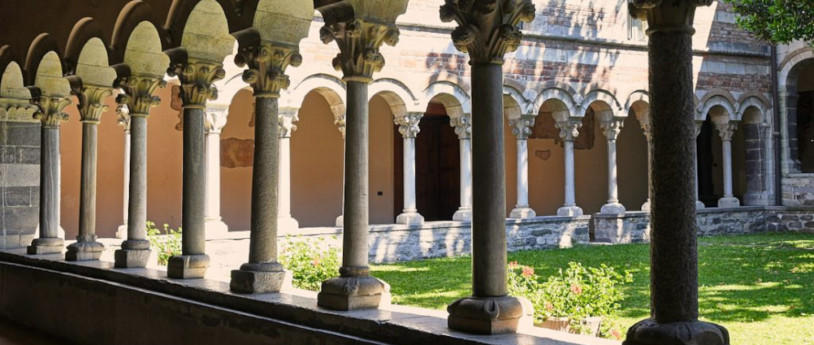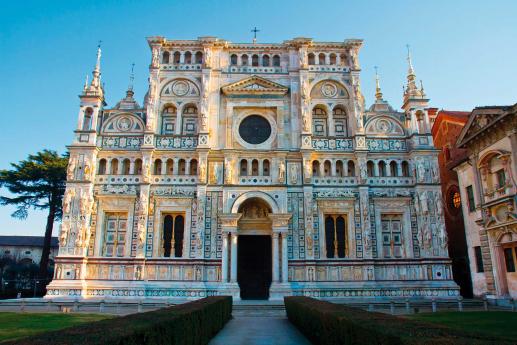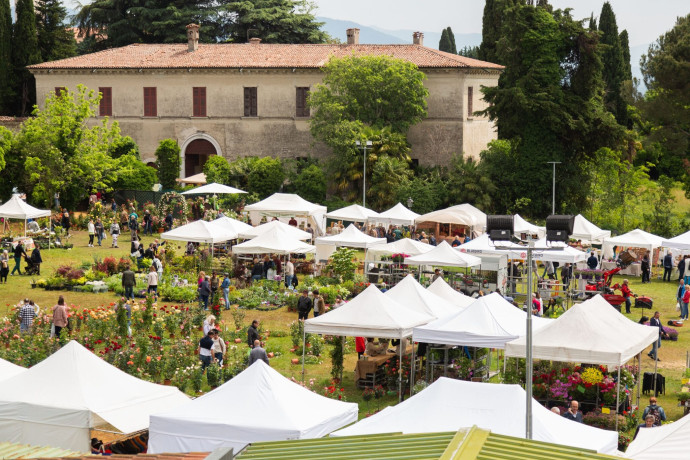- Religious Tourism
- Mountains
- Active & Green
The Via Spluga
The wonderful wilderness of the Spluga “sublime pass” and its route are in enclosed within a rugged and historically rich valley
A walking experience that leads to the heart of the Alps, it’s the first example of modern tourism where the extraordinary “Grand Tour” of the 17th century once took hold of European artists and intellectuals like Goethe.
Beginning in Italy with Via Spluga, entirely in Lombardy, the Via Francigena Renana is a
historical axis connecting the Central Alps, Reno Valley, the Po Valley and the Via Francigena di Sigerico.
Documented on Imperial Roman maps, the Spluga Pass was ceaselessly crossed by
travellers, beasts of burden, carts, carriages,merchants, travellers, armies, pilgrims, and
famous figures like Erasmus of Rotterdam. Not long after construction of the Spluga road (1823), a major avalanche gallery was built south of the excise tollhouse for safety reasons during the winter period.
Today, it is among the last remaining evidence of the massive undertaking in the constructionof road works, which, for milleniums, allowed the perils of winter to be brought under control. Findings from the Bronze and Iron Ages indicate that the Spluga pass was beingcrossed as far back as prehistoric times.
The name “spluga” is taken from “spelu(n)ca”, that is, spelonca, or cavern, cave.
Near Montespluga, there is actually a cave commonly called “truna de l’urs” (cave or bear’s den).
In the past, the Spluga pass was called Bear mountain or Bear pass.
From here, the long descent to Val San Giacomo begins. The initial stretch of the route coincides with the fascinating and, at the same time, risky Roman road in the gully of Cardinello to Chiavenna (333 m), the “key” (Clavenna) point of the crossing.
In Chiavenna, a visit must be made to the Collegiate Church of San Lorenzo, with its Romanesque origins. As one of the most important monuments of the city, highlights
include the interior décor, the square portico, the impressive 16th century bell tower, the baptismal font of 1156, and the Treasury Museum with masterpieces like the “Pace”
of Chiavenna, a gold piece dating back to the 11th century.
Not to be missed is the Mulino di Bottonera in the old artisan quarter of Chiavenna, a very rare example of industrial architecture, where the memory of the incessant work of thenineteenth century millers still lives on today.
On each of its four floors, the peculiarities of the structure can be admired in the wood
used for the construction of its main elements. Via Spluga is a route in stages organised especially for tourists, with a duration of 5 to 7 days.
5 REASONS TO COVER THE ROUTE
1. Once past the “Soste”, the very ancient centre for changing horses, the large valley of Cardinello is reached, where the path runs along the hillside gorge like a long balcony overhanging the river Liro, which brings to mind the impetuous and tragic winter crossings by armies and stable lads.
2. IIt would be unthinkable not to stop for refreshments at the “Locanda del Cardinello”, which, since 1722, has offered refreshments to travellers on the Via Spluga.
3. The Spluga Pass (Splügenpass in German, Pass dal Spleia or Pass dal Splegia in Romansh), at 2,114 m, is one of the most important passes of the Alpine range, known since antiquity as a crucial transit point.
4. In a historic sixteenth century building in the hamlet Corti di Campodolcino stands the seat of the Museum of the Via Spluga, a unique Lombard museum dedicated to a historic route. It represents the civilisation of the valley and the historic and commercial role that the route has played over the centuries, a communication channel between the Mediterranean basin and the area to the north of the Alps.
5. The Sanctuary of Gallivaggio, the baptismal church in Val San Giacomo, together with the Sanctuary of San Guglielmo, remind us that the Spluga route was not only used by traders but also by pilgrims.only used by traders but also by pilgrims.
